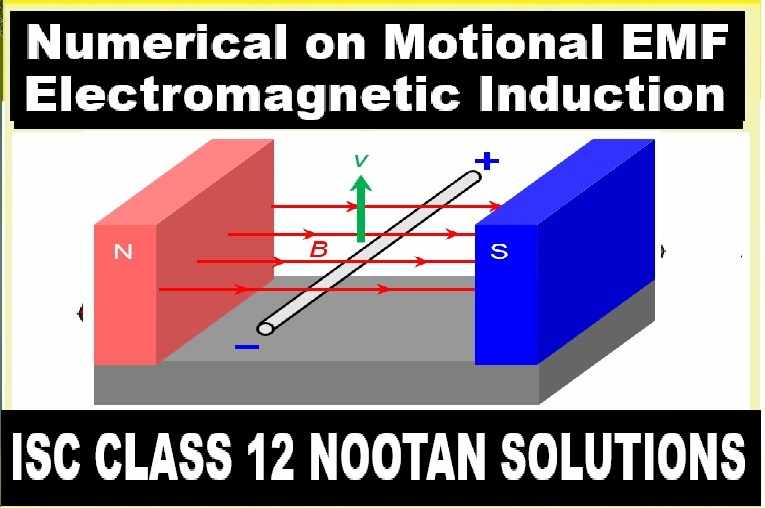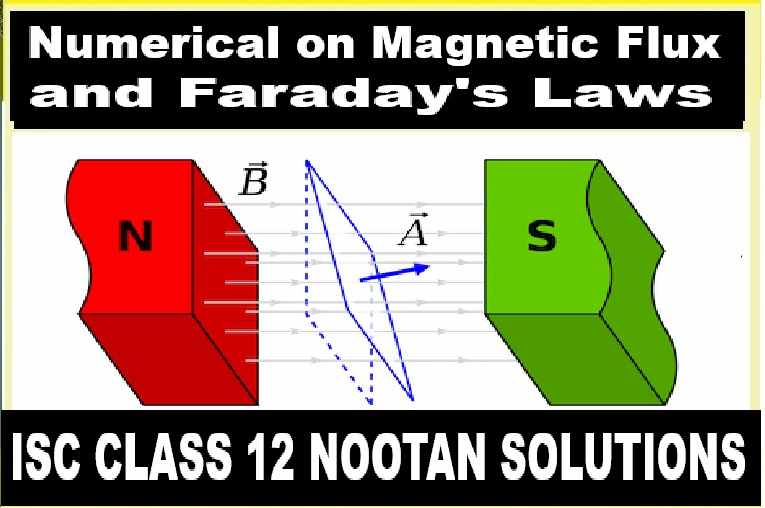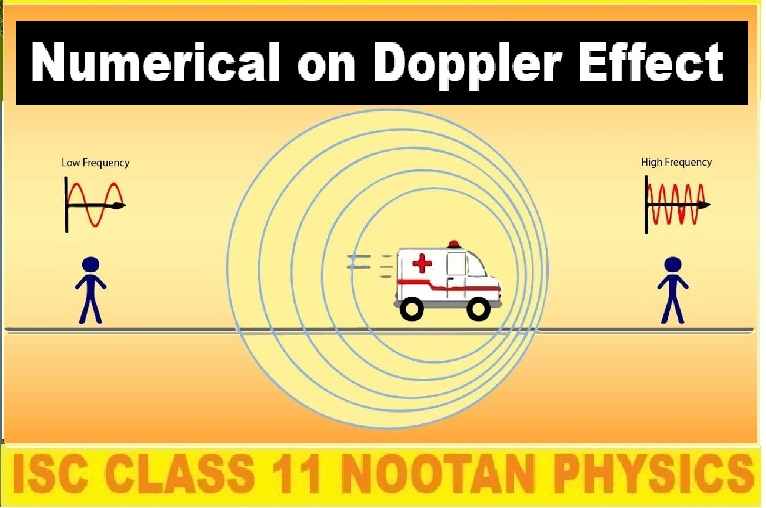ML Aggarwal Factorisation Exe-4.2 Class 9 ICSE Maths Solutions. Step by step solutions of all questions as council prescribe guideline. Visit official website CISCE for detail information about ICSE Board Class-9.
ML Aggarwal Factorisation Exe-4.2 Class 9 ICSE Maths Solutions
| Board | ICSE |
| Subject | Maths |
| Class | 9th |
| Chapter-4 | Factorisation |
| Topics | Solution of Exe-4.2 Questions |
| Academic Session | 2024-2025 |
Solution of Exe-4.2 Questions
ML Aggarwal Factorisation Exe-4.2 Class 9 ICSE Maths Solutions
Question 1.
(i) x2 + xy – x – y
(ii) y2 – yz – 5y + 5z
Answer :
(i) x2 + xy – x – y
Take out common in all terms,
x(x + y) – 1(x + y)
(x + y) (x – 1)
(ii) y2 – yz – 5y + 5z
y2 – yz – 5y + 5z
Take out common in all terms,
y(y – z) – 5(y – z)
(y – z) (y – 5)
Question 2.
(i) 5xy + 7y – 5y2 – 7x
(ii) 5p2 – 8pq – 10p + 16q
Answer :
(i) 5xy – 7x – 5y2 + 7y
Take out common in all terms,
x(5y – 7) – y(5y – 7)
(5y – 7) (x – y)
(ii) 5p2 – 8pq – 10p + 16q
5p2 – 8pq – 10p + 16q
Take out common in all terms,
p(5p – 8q) – 2(5p – 8q)
(5p – 8q) (p – 2)
Question 3.
(i) a2b – ab2 + 3a – 3b
(ii) x3 – 3x2 + x – 3
Answer :
(i) a2b – ab2 + 3a – 3b
Take out common in all terms,
ab(a – b) + 3(a – b)
(a – b) (ab + 3)
(ii) x3 – 3x2 + x – 3
x3 – 3x2 + x – 3
Take out common in all terms,
x2 (x – 3) + 1(x – 3)
(x – 3) (x2 + 1)
Question 4.
(i) 6xy2 – 3xy – 10y + 5
(ii) 3ax – 6ay – 8by + 4bx
Answer :
(i) 6xy2 – 3xy – 10y + 5
Take out common in all terms,
3xy(2y – 1) – 5(2y – 1)
(2y – 1) (3xy – 5)
(ii) 3ax – 6ay – 8by + 4bx
3ax – 6ay – 8by + 4bx
Take out common in all terms,
3a(x – 2y) + 4b (x – 2y)
(x – 2y) (3a + 4b)
Question 5.
(i) 1 – a – b + ab
(ii) a(a – 2b – c) + 2bc
Answer :
(i) 1 – a – b + ab
Take out common in all terms,
1(1 – a) – b(1 – a)
(1 – a) (1 – b)
(ii) a(a – 2b – c) + 2bc
a(a – 2b – c) + 2bc
Above question can be written as,
a2 – 2ab – ac + 2bc
Take out common in all terms,
a(a – 2b) – c(a + 2b)
(a – 2b) (a – c)
Question 6.
(i) x2 + xy (1 + y) + y3
(ii) y2 – xy (1 – x) – x3
Answer :
(i) x2 + xy (1 + y) + y3
Above question can be written as,
x2 + xy + xy2 + y3
Take out common in all terms,
x(x + y) + y2(x + y)
(x + y) (x + y2)
(ii) y2 – xy (1 – x) – x3
y2 – xy (1 – x) – x3
Above question can be written as,
y2 – xy + x2y – x3
Take out common in all terms,
y(y – x) + x2 (y – x)
(y – x) (y + x2)
Question 7.
(i) ab2 + (a – 1)b – 1
(ii) 2a – 4b – xa + 2bx
Answer :
(i) ab2 + (a – 1)b – 1
Above question can be written as,
ab2 + ab – b – 1
Take out common in all terms,
ab(b + 1) – 1(b + 1)
(b + 1) (ab – 1)
(ii) 2a – 4b – xa + 2bx
2a – 4b – xa + 2bx
Take out common in all terms,
2(a – 2b) – x(a – 2b)
(a – 2b) (2 – x)
Question 8.
(i) 5ph – 10qk + 2rph – 4qrk
(ii) x2 – x(a + 2b) + 2ab
Answer :
(i) 5ph – 10qk + 2rph – 4qrk
Re-arranging the given question we get,
5ph + 2rph – 10qk – 4qrk
Take out common in all terms,
ph(5 + 2r) – 2qk(5 + 2r)
(5 + 2r) (ph – 2qk)
(ii) x2 – x(a + 2b) + 2ab
x2 – x(a + 2b) + 2ab
Above question can be written as,
x2 – xa – 2xb + 2ab
Take out common in all terms,
x(x – a) – 2b(x – a)
(x – a) (x – 2b)
Question 9.
(i) ab(x2 + y2) – xy(a2 + b2)
(ii) (ax + by)2 + (bx – ay)2
Answer :
(i) ab(x2 + y2) – xy(a2 + b2)
Above question can be written as,
abx2 + aby2 – xya2 – xyb2
Re-arranging the above we get,
abx2 – xyb2 + aby2 – xya2
Take out common in all terms,
bx(ax – by) + ay(by – ax)
bx(ax – by) – ay (ax – by)
(ax – by) (bx – ay)
(ii) (ax + by)2 + (bx – ay)2
By expanding the give question, we get,
(ax)2 + (by)2 + 2axby + (bx)2 + (ay)2 – 2bxay
a2x2 + b2y2 + b2x2 + a2y2
Re-arranging the above we get,
a2x2 + a2y2 + b2y2 + b2x2
Take out common in all terms,
a2 (x2 + y2) + b2 (x2 + y2)
(x2 + y2) (a2 + b2)
Question 10.
(i) a3 + ab(1 – 2a) – 2b2
(ii) 3x2y – 3xy + 12x – 12
Answer:
(i) a3 + ab(1 – 2a) – 2b2
Above question can be written as,
a3 + ab – 2a2b – 2b2
Re-arranging the above we get,
a3 – 2a2b + ab – 2b2
Take out common in all terms,
a2(a – 2b) + b(a – 2b)
(a – 2b) (a2 + b)
(ii) 3x2y – 3xy + 12x – 12
3x2y – 3xy + 12x – 12
Take out common in all terms,
3xy(x – 1) + 12(x – 1)
(x – 1) (3xy + 12)
Question 11. a2b + ab2 –abc – b2c + axy + bxy
Answer :
a2b + ab2 –abc – b2c + axy + bxy
Re-arranging the above we get,
a2b – abc + axy + ab2 – b2c + bxy
Take out common in all terms,
a(ab – bc + xy) + b(ab – bc + xy)
(a + b) (ab – bc + xy)
Question 12. ax2 – bx2 + ay2 – by2 + az2 – bz2
Answer :
ax2 – bx2 + ay2 – by2 + az2 – bz2
Re-arranging the above we get,
ax2 + ay2 + az2 – bx2 – by2 – bz2
Take out common in all terms,
a(x2 + y2 + z2) – b(x2 + y2 + z2)
(x2 + y2 + z2) (a – b)
Question 13. x – 1 – (x – 1)2 + ax – a
Answer:
x – 1 – (x – 1)2 + ax – a
By expanding the above we get,
X – 1 – (x2 + 1 – 2x) + ax – a
x – 1 – x2 -1 + 2x + ax – a
2x – x2 + ax – 2 + x – a
Take out common in all terms,
x(2 – x + a) – 1(2 – x + a)
(2 – x + a) (x – 1)
— : End of ML Aggarwal Factorisation Exe-4.2 Class 9 ICSE Maths Solutions :–
Return to :- ML Aggarawal Maths Solutions for ICSE Class-9
Thanks
Please Share with Your Friends


